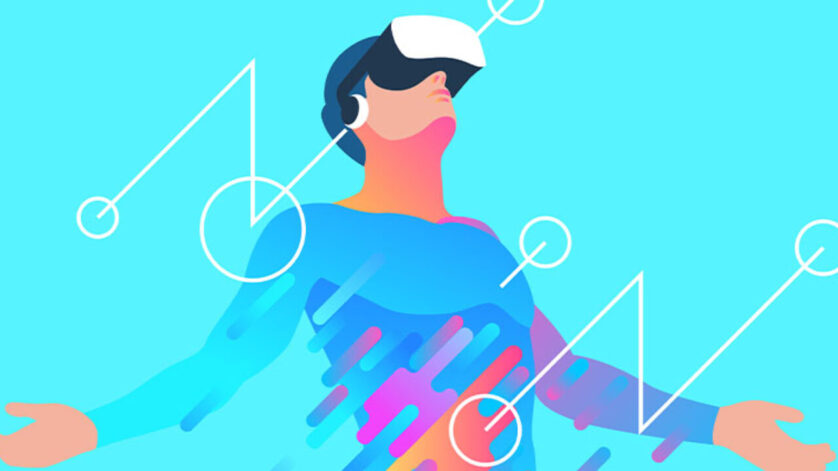In the rapidly evolving landscape of remote work, virtual reality (VR) has emerged as a game-changing technology that is revolutionizing the way we approach various job roles. One such area that has witnessed significant transformation is remote assistant jobs. Leveraging the immersive capabilities of VR, remote assistants are finding themselves more connected, engaged, and efficient than ever before. This article explores how virtual reality is breathing new life into remote assistant jobs, enhancing communication, productivity, and overall job satisfaction.
Main Points:
-
Immersive Collaboration:
- VR technology allows remote assistants jobs to feel like they are physically present in a shared virtual workspace, fostering a sense of connection.
- Virtual meeting rooms and collaborative environments enable seamless interactions with colleagues and clients from different locations.
- Real-time feedback and communication become more natural, leading to improved teamwork and enhanced problem-solving.
-
Enhanced Training and Onboarding:
- Virtual reality offers a realistic training environment for remote assistants, simulating various scenarios they might encounter in their job.
- New assistants can participate in immersive onboarding programs that guide them through tasks and procedures, reducing the learning curve.
- Mistakes made in virtual environments have limited real-world consequences, allowing for risk-free learning and skill development.
-
Increased Focus and Productivity:
- VR headsets create a distraction-free workspace, helping remote assistants maintain higher levels of focus and concentration.
- Immersive interfaces enable multitasking and efficient organization of tasks, leading to improved time management.
- Virtual reality minimizes the impact of external disturbances, such as noise or household activities, resulting in heightened productivity.
-
Personalized Client Interactions:
- VR empowers remote assistants to personalize their interactions with clients by creating immersive and visually engaging presentations.
- Customizable avatars and virtual environments add a personal touch to meetings, making clients feel more valued and engaged.
- Enhanced visual communication tools allow assistants to showcase products or services in a more interactive manner, increasing client satisfaction.
-
Overcoming Geographic Barriers:
- Virtual reality transcends geographical limitations, enabling remote assistants to serve clients and employers from across the globe.
- Different time zones become less of a challenge, as VR facilitates real-time interactions regardless of location.
- Remote assistants can work with diverse teams and cultures, expanding their skill set and global perspective.
-
Wellness and Job Satisfaction:
- VR can offer virtual relaxation spaces or mindfulness applications, helping remote assistants manage stress and maintain a healthy work-life balance.
- Engaging in virtual team-building activities and social interactions reduces feelings of isolation and enhances job satisfaction.
- The sense of presence and engagement in a virtual environment can contribute to a stronger sense of belonging to the company.
Conclusion:
Virtual reality is reshaping the landscape of remote assistant jobs by providing tools to bridge the gap between physical distance and meaningful interactions. The immersive nature of VR transforms remote work into a more connected and engaging experience, enhancing collaboration, productivity, and job satisfaction. As this technology continues to advance, remote assistants are poised to achieve higher levels of efficiency and effectiveness, ultimately redefining the way we perceive and approach remote work.
